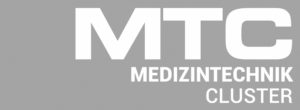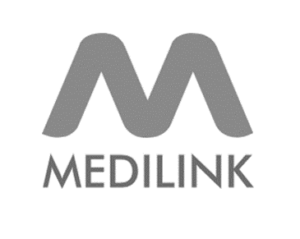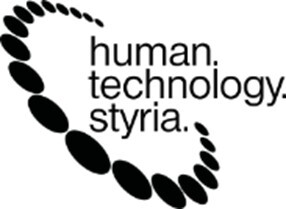Recent advances in radiology include better image quality, the use of functional data, and enhanced quantitative analysis.
The radiology industry embraces transformative technological advancements such as the integration of artificial intelligence (AI) and machine learning into imaging equipment and analytical tools.
Trends in 2023
Artificial Intelligence and Machine Learning in Radiology
Because radiology is a data-driven specialty, it is well-suited for AI applications. AI was first used in healthcare in 1976 when clinicians used an algorithm to help diagnose intense abdominal pain. Today, the use of AI and machine learning is common across a range of radiology applications.
In 2023, the efforts to integrate AI and machine learning into imaging equipment accelerated, with products boasting built-in capabilities.
Companies like GE Healthcare, Philips, and Siemens Healthineers are rapidly ramping up the rate of new software radiology products using artificial intelligence is.
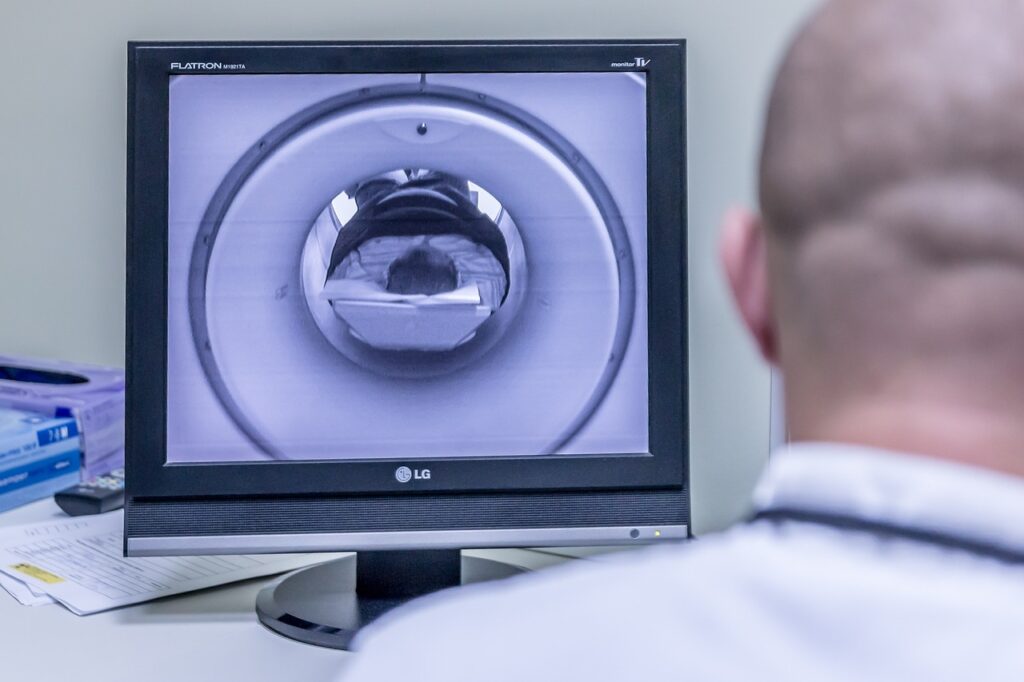
The vast majority of today’s image interpretation software applications tend to fit into three categories:
- Diagnostic
- Repetitive
- Quantitative
Today, AI is used in healthcare to help detect, classify, and predict diseases. Already, AI is commonly used to detect diseases of the head and neck, breast, chest, and more. Even so, AI is still in the early stages of development in healthcare. New opportunities, such as mitigating workforce shortages, evaluating mental illness, and managing medical triage are ready to be harnessed.
Predictive Analytics
In 2023, imaging departments and imaging centres saw synergy between innovation and efficiency through the use of predictive analytics. The results for many radiology departments were improvements in operational efficiency and other key performance indicators (KPIs).
Many imaging centres don’t streamline their efficiency because they are unable to quantify what changes they need. From the Example above, without proper analytics, an imaging centre may not realize that they typically complete a given exam in less time than scheduled. They can miss the opportunity to harness that extra time to increase the number of profitable exams they fit into the day.
A key component in maximizing operational efficiency is through the reduction of variation. Using predictive analytics can enable leaders to identify patterns, optimize workflows, and standardize procedures through historical data. By better understanding workflow, radiology departments can deliver better patient experiences and financial outcomes.
In the past year, predictive analytics tools have become increasingly recognized as critical to understanding patient behavior patterns and imaging department needs. According to McCall, “Predictive analytics can tell you when patients generally arrive late to appointments, and when they tend to arrive early. You can predict how many cancellations to expect.”
Wait time is a big contributor to satisfaction levels. According to a recent poll, 28% of patients admit to leaving the office without seeing the doctor due to long wait times, followed by 26% changing doctors. Additionally, patients warned friends and family not to go to the office, left negative survey reviews, and published negative online reviews, potentially damaging a radiology center’s reputation. Using relevant analytics, radiology departments can streamline operations and minimize wait times, while increasing retention rates, patient satisfaction, and revenue.
Imaging Department Operations and Clinical Services
Operational challenges continued to evolve in 2023, including workforce shortages, mixed-age fleet challenges, and site inefficiencies.
The continued rise of AI and machine learning in 2023 has brought about meaningful advances in research and development, diagnosis, patient prognosis, surgery, and more. Newly available data sets of annotated images have helped advance training and testing. Imaging equipment manufacturers such as Canon, GE Healthcare, Philips, and Siemens Healthineers are focusing on new ways to use AI technology in radiology.
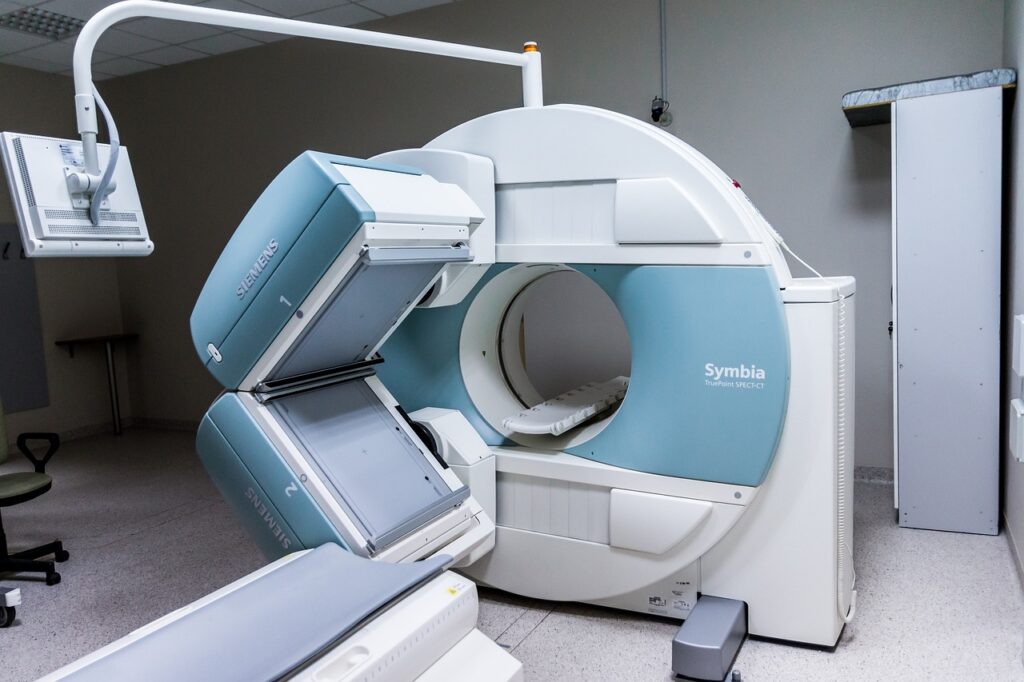
Fueled by advanced algorithms and machine learning, AI has helped bring about advances in DICOM image quality, speed, and interpretation. AI algorithms are helping radiology departments better care for patients while expediting the process.
Currently, many radiology departments are coming to embrace AI to enhance diagnostic capabilities and create a more efficient workflow. This new level of acceptance and use of AI and machine learning is reflected in our 2024 forecast.
Medical Imaging Trends in the 2024 Forecast
Looking forward to 2024, we expect to see accelerating growth in using predictive service analytics to streamline imaging department operational efficiency and to set and track effective KPIs. Utilization analytics will be critical in creating sophisticated planning and streamlined operations to minimize costs and maximize revenue potential.
Large company investments and venture capital funding in AI development of radiology applications is expected to increase, as investors are realizing the potential size of the market. Many small software start-ups as well as major manufacturers of medical imaging equipment — such as Canon Medical, GE Healthcare, Philips and Siemens Healthineers — will continue to develop AI tools that positively impact diagnosis speed and accuracy.
In 2024, we expect DICOM-compatible AI tools to expand into new healthcare applications, as well as improve their diagnosis algorithm accuracy. Radiologist confidence in AI tools is expected to improve over time as well.
Imaging Industry Trends Conclusion
The journey from 2023 to 2024 promises to be one of adaptation, innovation, and data analysis.
Workforce shortage challenges are expected to continue, with additional solutions to this ongoing challenge coming to market.
With 2024 being an election year, the radiology industry will brace for a slowdown, while contemplating the potential impact on reimbursement and consolidation. Staying informed and open to new technologies from small software companies as well as large equipment manufacturers such as Canon Medical, GE Healthcare, Philips and Siemens Healthineers will be critical for radiology departments to thrive in this evolving landscape.
See more details in the article on glassbeam: https://www.glassbeam.com/imaging-industry-trends-a-2023-retrospect-and-2024-outlook/






